The Economic Impact of Accurate Well Logging: Reducing Dry Holes and Maximizing Production
Drilling a dry hole–a well that fails to produce commercial quantities of hydrocarbons–can cost millions in wasted resources and is avoided through accurate well logging by providing reliable subsurface data, optimizing drilling decisions, and increasing production efficiency. This article investigates the economic benefits of precise well logging by showing its effect in decreasing dry holes while increasing reservoir recovery and increasing profitability.
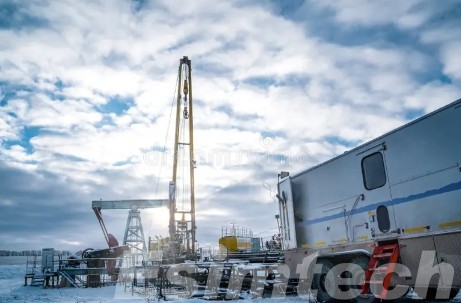
The Cost of Dry Holes in Oil & Gas Exploration
An exploration well that fails to uncover commercially viable hydrocarbons is one of the most costly setbacks in oil and gas exploration. A single dry hole can cost millions in wasted resources.
From 10 million to over 100 million can vary in costs associated with deepwater projects depending on depth, location, and drilling complexity. Rig rates alone for these endeavors often surpass $500,000 daily!
Beyond direct drilling costs, dry holes lead to additional costs such as:
Geological, seismic, and pre-drill analyses (millions spent without return), delayed production (diverting resources away from profitable projects), as well as regulatory and abandonment costs (even non-producing wells must be safely shut in) can all add up to significant waste of time, mone, and effort.
Industry estimates show that 20-30% of exploration wells end up dry, draining funds that could otherwise go towards successful developments. Furthermore, inaccurate well placement caused by poor logging data may result in suboptimal fracture formation, reducing long-term recovery potential.
Minimizing dry holes through advanced well logging is not just a technical improvement–it’s also an economic imperative. Companies that invest in real-time logging, AI-driven interpretation, and high-resolution formation evaluation significantly lower exploration risks while safeguarding profitability.
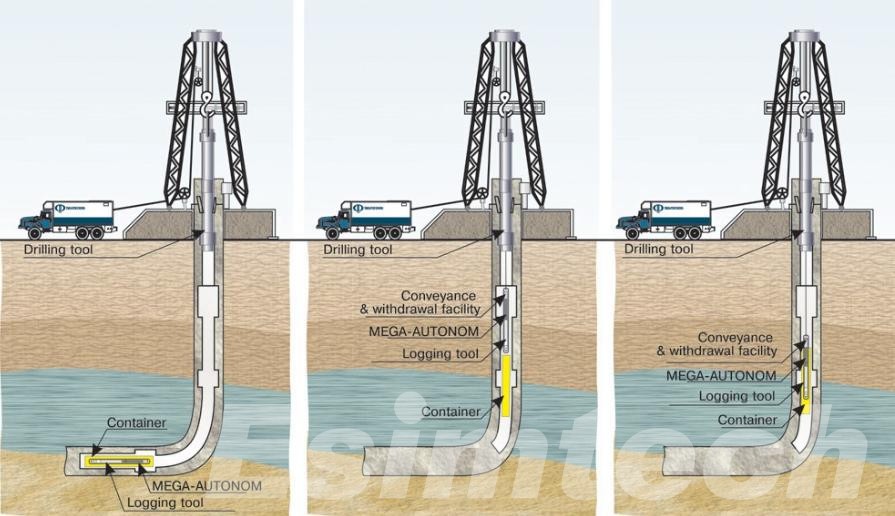
How Accurate Well Logging Minimizes Dry Holes
Dry holes are an expensive reality of oil and gas exploration, but innovative well logging has greatly reduced their occurrence by providing precise subsurface data. Where traditional methods rely on limited samples or seismic interpretations alone, modern well logging provides real-time insights into rock formations, fluid content, and reservoir potential – helping reduce costs considerably.
Effective logging prevents dry holes in several ways:
- Accurate Hydrocarbon Detection – Tools like resistivity logs can accurately distinguish between oil, gas, and water zones while neutron density logs accurately measure porosity and fluid saturation to help drillers target productive layers more accurately.
- Real-Time Adjustments with LWD – Logging While Drilling (LWD) provides instantaneous formation data, enabling engineers to steer wells away from non-productive zones before any costly deviations occur.
- Fracture & Fault Identification – FMI and UBI image logs reveal fractures and geological barriers that could potentially lead to dry holes, providing opportunities for proactive wellpath corrections.
- Integrating Seismic Data With Well Logs Enhances Reservoir Mapping – Combining seismic and well log data helps eliminate uncertainty when placing wells, helping ensure they’re located in their most promising spots.
Accurate logging reduces exploration risks, saves millions in wasted drilling costs, and increases chances of striking commercial reservoirs. Given that one dry hole can cost millions, investing in high-quality well logging is a surefire strategy for economic success.
Maximizing Production Through Advanced Well Logging Techniques
Well logging is more than just about avoiding dry holes–it can also help maximize hydrocarbon recovery. By harnessing cutting-edge logging technologies, operators can improve reservoir understanding, optimize completion strategies and optimize long-term production. Below are four of the most crucial ways advanced well logging boosts production; including simulation of well logging.
Enhanced Reservoir Characterization for Optimal Recovery
Innovative logging tools offer comprehensive views into reservoir properties, providing comprehensive analysis to ensure no productive zone is overlooked.
- Nuclear Magnetic Resonance (NMR) Logging – NMR measures fluid types (oil, gas and water), distinguishes between mobile and bound hydrocarbons and helps prioritize perforation zones.
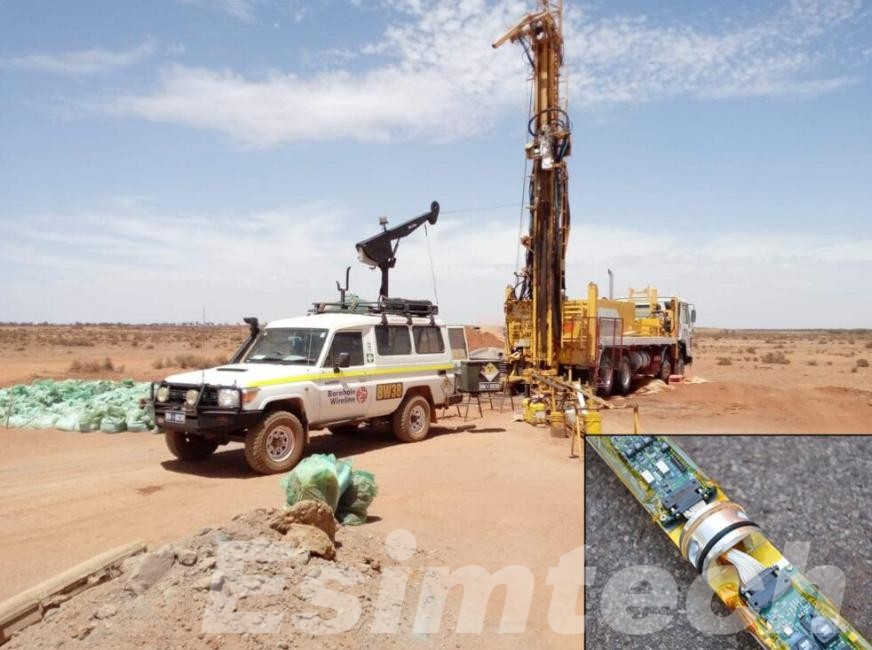
- Spectroscopy Logging (ECS, APS) – Allows for geochemical analysis for improved stimulation planning and identification of mineral composition.
- Dielectric Dispersion Logs – Used to accurately gauge water salinity and saturation independently from resistivity values – an invaluable asset when working in mature fields with evolving fluid dynamics.
Impact: Accurate pay zone identification leads to higher initial production (IP) rates and enhanced ultimate recovery (EUR).
Well Logging Simulation
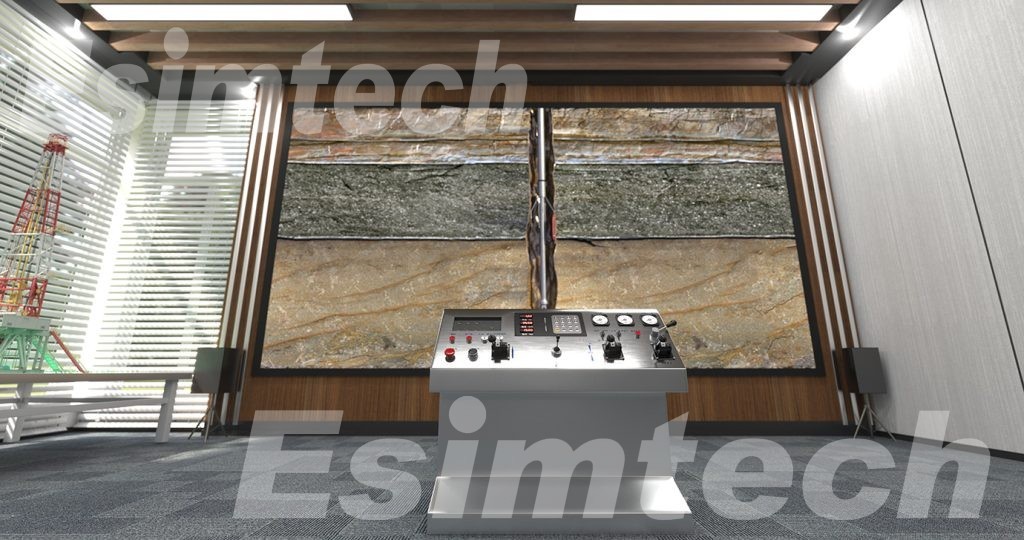
Simulation-based logging employs AI and digital twins to model reservoir responses prior to physical drilling, thus reducing uncertainty.
How It Works:
- Pre-drill synthetic logs are generated using well data and seismic inputs, helping anticipate formation properties.
- Real-time log comparison between predicted and actual log data allows for quick adjustments during drilling.
- Post-drill history matching provides the means to fine-tune reservoir models for future development planning purposes.
Impact: by decreasing trial-and-error drilling and improving geosteering accuracy, trial-and-error drilling time is reduced while simultaneously decreasing risks related to unexpected poor performance, trial-and-error drilling is greatly reduced, and risks are reduced significantly.
Real-Time Monitoring & Adaptive Reservoir Management
Modern logging doesn’t end once drilling has taken place–continual downhole surveillance ensures long-term efficiency.
Key Technologies:
- Fiber-Optic Sensing (DAS, DTS and DPS) – Monitors temperature, acoustics and strain to track fluid movement and detect early water breakthrough.
- Time Lapse (4D) Logging – Compare logs over time to observe reservoir depletion and fluid front advancement.
- Automated Log Analytics – AI-powered systems detect production anomalies such as scaling or sand ingress before they affect output.
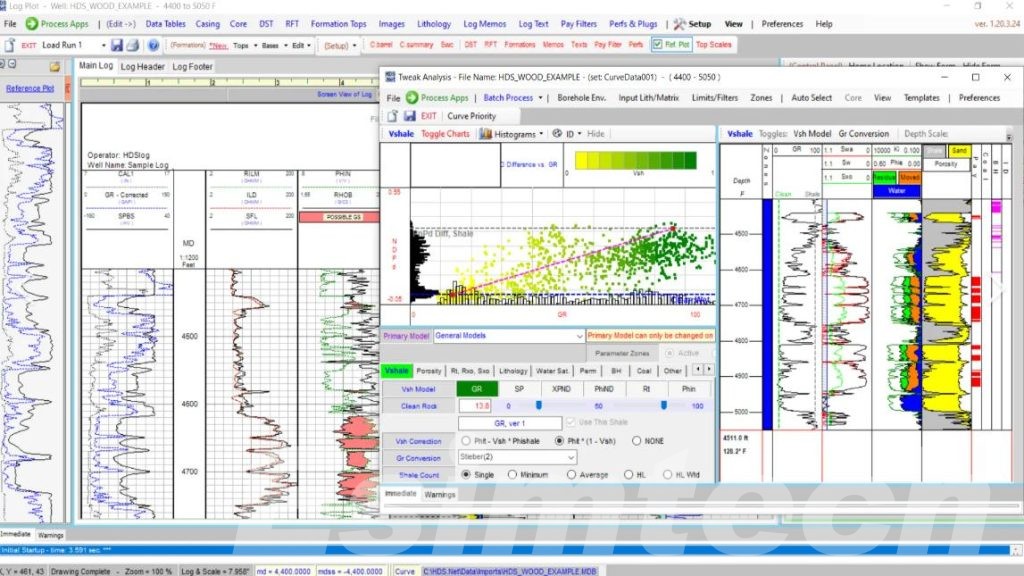
Impact: Proactive reservoir management extends well life and maximizes economic recovery.
Precision Completion & Stimulation Design
Well logs provide guidance for fracture, perforate and complete wells for optimal flow efficiency.
- Critical Applications of Sonic and Geomechanical Logs: Utilised to measure rock brittleness and stress profiles to optimize hydraulic fracturing designs (fracking). Production Logging Tools (PLTs) used to identify which zones contribute and which require stimulation;
- Image Logs (FMI, UBI) – To detect natural fractures to enhance completion strategies.
Effect: Properly placed fractures and perforations lead to higher sustained production rates with reduced decline rates.
By integrating advanced well logging, simulation, and real-time data analytics capabilities with their well operations, operators can uncover previously hidden reserves, optimize completions, and sustain higher production rates – creating high return assets in every well.
Economic Benefits of High-Quality Well Logging

Investment in advanced well logging technologies yields significant financial returns by mitigating risks and optimizing production. Here’s how:
1. Reduced Exploration Costs: Accurate well logging can drastically lower dry hole rates, saving millions in unnecessary drilling expenses. By accurately identifying productive zones prior to completion, companies can avoid costly non-commercial wells that otherwise might exist.
2. Increased Hydrocarbon Recovery: High-resolution logs improve reservoir characterization, leading to more effective perforation and stimulation strategies, which in turn leads to increased initial production (IP) rates as well as long-term recovery rates – ultimately increasing an asset’s net present value (NPV).
3. Reduced Operational Expenditures (OPEX): Real-time Logging While Drilling (LWD) enables real-time adjustments that reduce unnecessary rig time while Production Logging Tools (PLT) later identify underperforming intervals, enabling targeted workovers instead of full well interventions.
4. Extending Field Lifespan: Time-lapse logging and fiber-optic monitoring allow proactive management of reservoir changes, delaying water breakthrough, maintaining pressure, and prolonging economic production. This improves field lifespan.
5. Enhancing Decision-Making through Data Analytics: AI-powered log interpretation can significantly reduce human errors while cloud data integration enables faster, smarter development decisions across multiple wells.
Final Thought
Accurate well logging can make all the difference for oil and gas economics. By minimizing dry holes and optimizing production, accurate well logging directly boosts profitability. As drilling costs escalate and reservoirs become more complex, advanced logging technologies such as AI-driven analysis and real-time geosteering become essential tools in mitigating risks while maximising recovery rates. Operators that leverage data-driven decisions for smarter exploration will prosper into the future.

